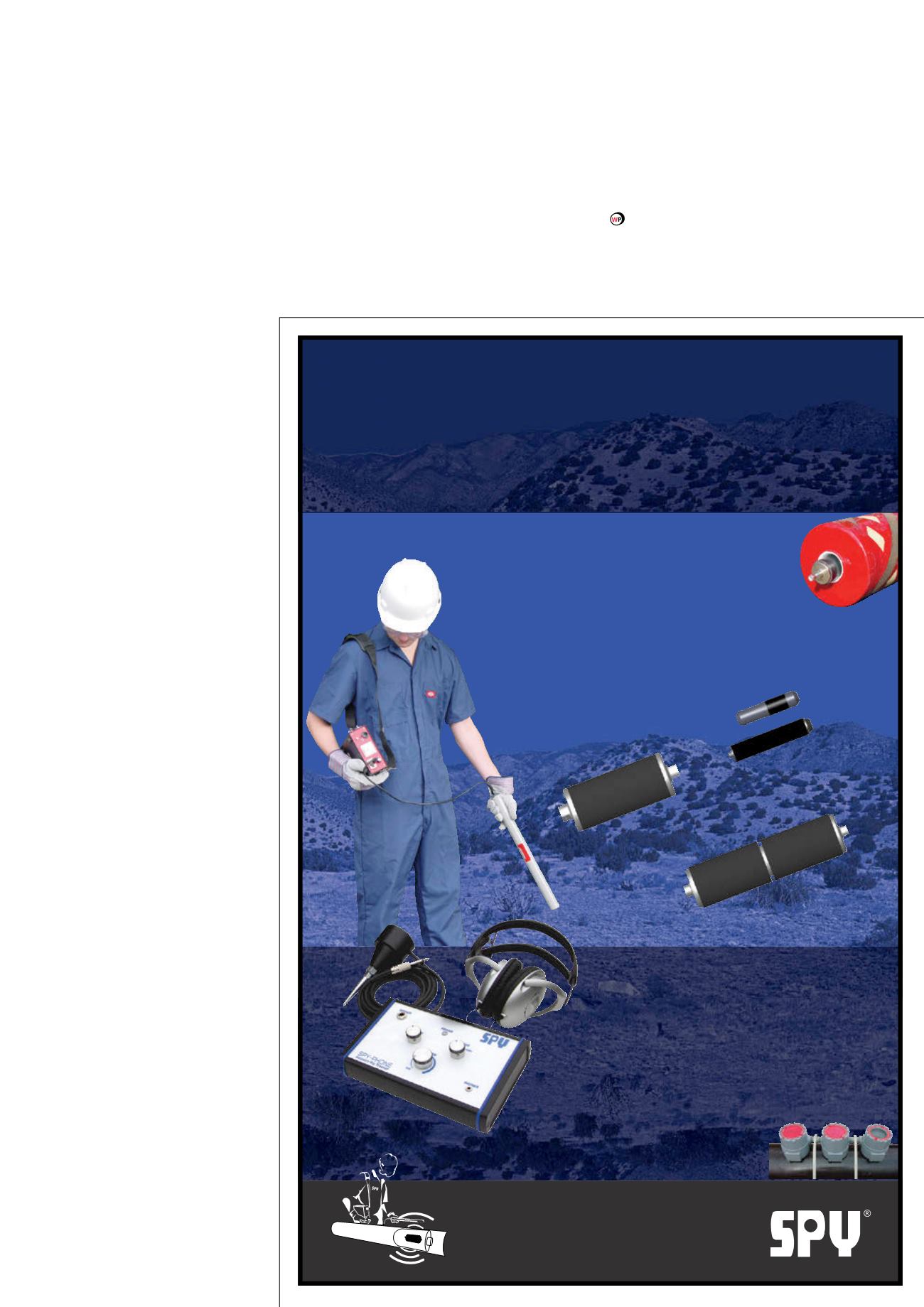
to ensure the safe and reliable performance of the asset
over 25 - 35 years.
Standard mechanical connectors or clamps cannot be
used to repair clad pipelines as the carbon steel pipe will be
exposed to the corrosive well fluid. Even if the product is
designed to withstand the fluid, the outside diameter of the
pipe will corrode under the seal leading to eventual failure.
Welding a repair would take a significant amount of time
as the liner would need to be welded prior to the outer
pipe. Similar challenges exist with pipe-in-pipe. How do you
conduct a repair on the internal and external pipe section?
Clad and pipe designs
have been used in our
industry for many years – yet
the repair solutions are still
limited, have little proven
track record and are still
considered high risk by the
operators. Joint industry
projects are still ongoing
to address these challenges
in the current state-of-the-
art solution. If the industry
wishes to continue to push
forward and develop new
pipe technology for the
future, we are also required
to engage on a concurrent
development for the repair of
those pipelines.
The challenges ahead
As a global industry we
face many challenges, from
deepwater, high pressure,
high temperature, sour
service, insulations, thermal
performance, flow assurances,
distance from refinery,
political boundaries and even
harsh environments such as
arctic exploration.
The consequences
of this mean that these
new technologies and
methodologies, weld clad
pipes, PIP, exotic materials,
carbon fibre, titanium and
hybrid systems are still subject
to much more development
work to ensure future growth
and continuity.
Current state-of-the-
art repair solutions are not
“low risk” and are considered
bespoke solutions that are not
currently capable of dealing
with future challenges.
New pipeline developments must be quickly followed,
if not concurrently developed with new pipeline repair
systems. Contingency planning should be deployed from
the very beginning of any project, being reactive to damage
is far more economically, politically and commercially
costly to the asset owner and governments than being
proactive ever will be.
References
1.
Stats from July 2013, from the US Energy Information Administration
forecasts in its International Energy Outlook 2013 (IEO 2013).
HAND HELD RECEIVER & WAND
• Audio and Visual Outputs
• Reliable Signal Indication
• Sub Sea to 10,000 feet
• Pipeline sizes from 3”+
• Strongest Available Signal
• Pulse AND Continuous Signals
• 30-500 hours
TRANSMITTERS LARGE & SMALL
PIGTRACKING
INSIDE & OUT
For over a decade SPY Pig Tracking Equipment has served the pipeline industry reliably and
consistently. With a choice of four transmitters, detection options and tracking accessories
contact the company who can handle your pig tracking requirements inside and out!
• Similar to Geophone
• On-Pipe or In-Ground Sensor
• Auto kit permits listening from
the comfort of your vehicle
ACOUSTIC PIG TRACKER
• Hardwire or Battery Installation
• NEMA 7 Enclosures
• SCADA System Ready
NON-INTRUSIVE PIG SENSORS
PIPELINE INSPECTION COMPANY, LTD.
PH: (713) 681-5837 FAX: (713) 681-4838


